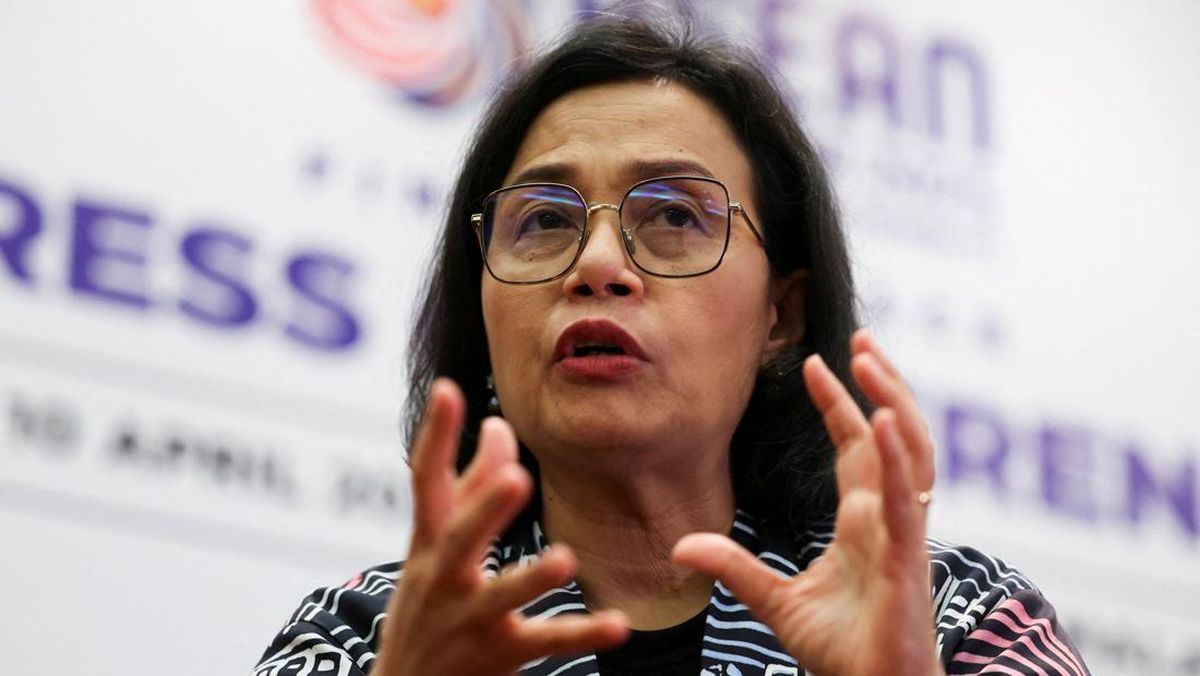Indonesia’s economy stumbled in the first quarter (Q1) of 2025, failing to reach the much-anticipated 5% growth target. According to official data, the national GDP expanded by only 4.82% year-on-year, falling short of government and market expectations. This unexpected shortfall prompted Finance Minister Sri Mulyani Indrawati to issue a cautionary statement, urging policymakers and businesses to brace for potential headwinds.
What Went Wrong?
Several factors contributed to the sluggish growth. First, weaker-than-expected global demand weighed heavily on exports, particularly in key sectors like manufacturing and commodities. Additionally, geopolitical tensions and fluctuating commodity prices created uncertainty in both domestic and international markets.
At the same time, consumer spending failed to pick up pace, despite earlier hopes that inflation would ease in early 2025. While inflation did moderate slightly, purchasing power remained under pressure, especially among middle- and lower-income households.
To make matters more challenging, government infrastructure spending also slowed compared to the same period last year, due to budget adjustments and a transition in fiscal priorities.
Sri Mulyani’s Warning: Be Vigilant, Stay Prepared
In response to the economic slowdown, Finance Minister Sri Mulyani delivered a firm warning. Speaking at a recent press conference, she emphasized the need for proactive fiscal and monetary strategies to shield the economy from further shocks.
“We cannot afford to be complacent,” she stated. “Global uncertainties remain high, and our domestic resilience must be strengthened through well-targeted policies and efficient spending.”
She also pointed to potential risks from international interest rate fluctuations, as well as the lingering effects of climate change on agricultural productivity and food prices.
Impact on Business and Investment Sentiment
Naturally, the Q1 growth miss has dampened business confidence in some sectors. Investors are now taking a more cautious stance, particularly in industries that are heavily dependent on export performance. Meanwhile, foreign direct investment (FDI) inflows may slow temporarily as stakeholders wait for clearer signals on economic direction.
However, not all is bleak. Some economists believe that a rebound is still possible in the second half of 2025, especially if consumer demand strengthens and government spending accelerates. The key, they say, lies in restoring confidence through policy clarity and execution.
Path Forward: Reform, Resilience, and Recovery
To revive growth momentum, Sri Mulyani has outlined a multi-pronged strategy. This includes revitalizing investment in infrastructure, enhancing labor productivity, and supporting small and medium-sized enterprises (SMEs) through credit access and digital innovation.
Furthermore, the government aims to fast-track structural reforms, particularly in the tax system and business licensing process, to attract more long-term investment.
Conclusion: A Wake-Up Call, Not a Crisis
In conclusion, Indonesia’s failure to hit the 5% GDP target in Q1 2025 is a wake-up call, not a crisis. While challenges remain, clear leadership, strategic planning, and economic resilience can steer the nation back on track. As Sri Mulyani rightly warned, staying alert and adaptive is essential to navigating the uncertain road ahead.








